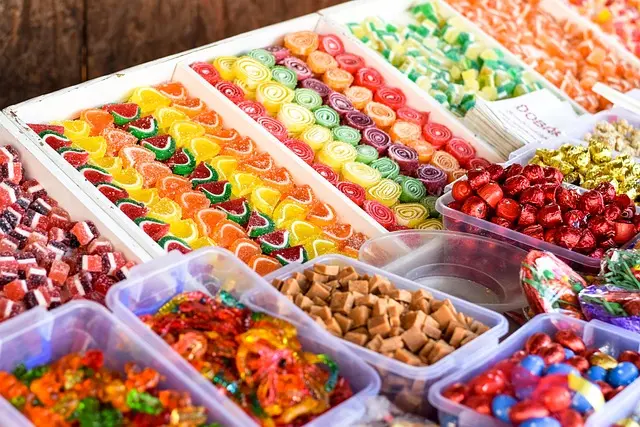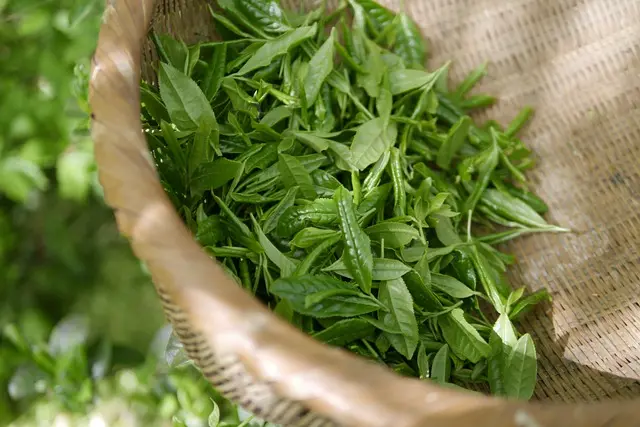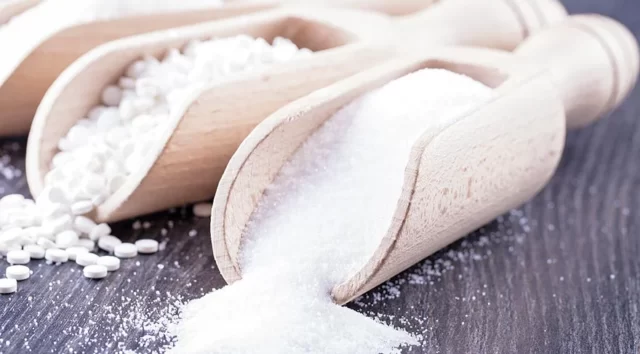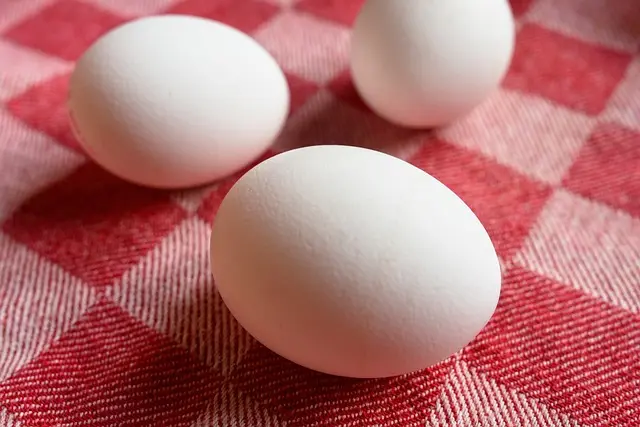
In this article, I would like to talk about molasses, which is a traditional food. It is a food with many benefits. But how much benefit we get from this food depends on the molasses we consume. I am not talking about the type of molasses, but about its production, storage and consumption. I’m talking about the HMF formation that emerged in this whole process.
What is HMF in molasses?
Molasses can be made from many fruits. It is often referred to by the name of the fruit from which it is made. Molasses is a source of carbohydrates. It contains between 50-80% sugar in its structure. It can be produced by different methods, they are including the traditional method and under vacuum. The danger in molasses arises from the HMF released during its production. HMF, namely hydroxymethyl furfural, is a chemical compound that is formed as a result of heat treatment (cooking) of sugary foods at high temperatures and storage under inappropriate temperature conditions. It is a carcinogenic substance.
Molasses made by the traditional method is more likely to contain HMF. The cooking process is done for a long time and uncontrollably, and the temperature is constantly increasing. This accelerates the formation of HMF in molasses. In other words, we may encounter the problem of HMF in products that we buy as natural, additive-free. Which adversely affects our health. The amount of HMF is lower in molasses produced under vacuum.
Hydroxymethyl furfural is not just a condition that occurs with molasses. It can occur in foods high in carbohydrates, such as honey and jam. Also, the HMF rate is high in products stored at inappropriate temperatures. It should not come into contact with light and should not be stored at high temperatures.
While making our choice, we should prefer those produced under vacuum, not molasses produced at high temperatures. Of course, let’s not forget to read the label information of the products we buy.
Reference:
Bilişli A., Özel Gıdalar, Sidaş Medya, 2018.
Nas S., Nas M., Pekmez ve Pestilin Yapılışı, Bileşimi ve Önemi, Gıda, 1987, Kasım-Aralık, 12(6):347-352.







Very nice article
thanks!